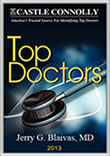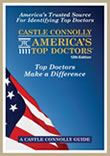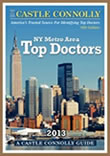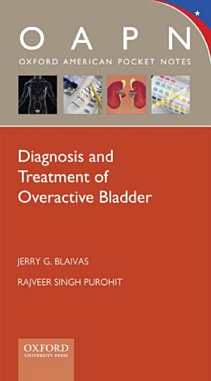Testicular Tumor
Diagnosis
Most patients with testicular tumors are diagnosed because they or their doctor noticed a painless lump in their scrotum or on their testicle. Often the lump is actually a benign, harmless cyst, but occasionally these lesions will be a cancer of the testicles. These tumors are most common in young men between 18 to 30 years of age. 30 to 40 years ago, most of these tumors were fatal to patients, but because of advances in modern medicine the vast majority of these patients regardless of the stage or type of tumor can still be cured.
Usually, the first step for patients who may have a testicular tumor is an ultrasound of their testicles to confirm that this is likely a tumor. If confirmed, then some blood tests to check tumor markers such as alpha-fetoprotein (AFP) beta-HCG, lactate dehydrogenase (LDH) as well as liver function tests (LFT), and other lab test are usually also ordered. In addition to this at the time of the initial evaluation we usually recommend the patient have a semen analysis done and sperm banking, particularly because the tumor often occur in younger patients for whom preserving fertility is important.
Treatment
If the patient has a tumor then a surgery, called radical orchiectomy, is usually advised to remove the testicle and the cord (spermatic cord) that attaches the testicles to rest of the body. It is usually done with small, 2 to 3 inch, incision to one side of the pubic bone. The surgery is an outpatient surgery done at the hospital with some form of anesthesia and patient recovers very quickly from this surgery. At the time of the removal of this testicle, one thing we also do offer is placement of a testicular prosthesis. This is a small saline filled prosthetic device that mimics the testes and provides a nice cosmetic appearance. It can be easily done fairly easily at the time of the surgery.
Once the surgery is complete, the tissue will be submitted to pathologist, who will evaluate the kind of tumor that the patient had. If the surgery confirms that this was a malignant cancer, the patient is usually advised to obtain a CAT scan of their abdomen and pelvis and a chest x-ray and possibly a CAT scan of the chest to further stage the tumor. Repeat blood work for tumor markers is also checked.
Further treatment is contingent on the results of the pathology and the staging based on the imaging and blood testing. For most patients who have low stage seminoma, options include just close monitoring of the tumor and radiation therapy. If the tumor is escaped outside of the abdomen and is widespread, alternative options include chemotherapy.
Other options
For patients, who have nonseminomatous tumors, options include just close monitoring for evidence of recurrence with periodic repeat imaging tests and chemotherapy. One other option is to remove all of the lymph node behind the abdomen in a procedure called retroperitoneal lymph node dissection (RPLND.) Radiation therapy is usually not given to patients with these particular types of tumors.
If the tumor does recur despite therapy there are usually additional treatment options including the possibility of surgery. The combination of all these option provides very high cure rates of over 95% in the large majority of patients.
Overall with the combination of surgical options as well as radiation and chemotherapy in selected patients, both cancer outcomes are very excellent with very low morbidity potential of impacting patient’s overall health.
——–
Why Choose a Uro Center Urologist in New York?
The urologists at the Uro Center in New York are experts in their field, bringing academic and research based innovation to the clinical forefront. Our urology team specializes in areas of treatment such as: robotic surgery, reconstructive urology, men’s health & infertility, kidney stones, urologic oncology, penile implant surgery, urethral stricture, BPH, Urinary incontinence treatment, Mesh complications, Enlarged prostate treatment, Urodynamics, vesicovaginal fistula and female incontinence in New York.
Request an Appointment











